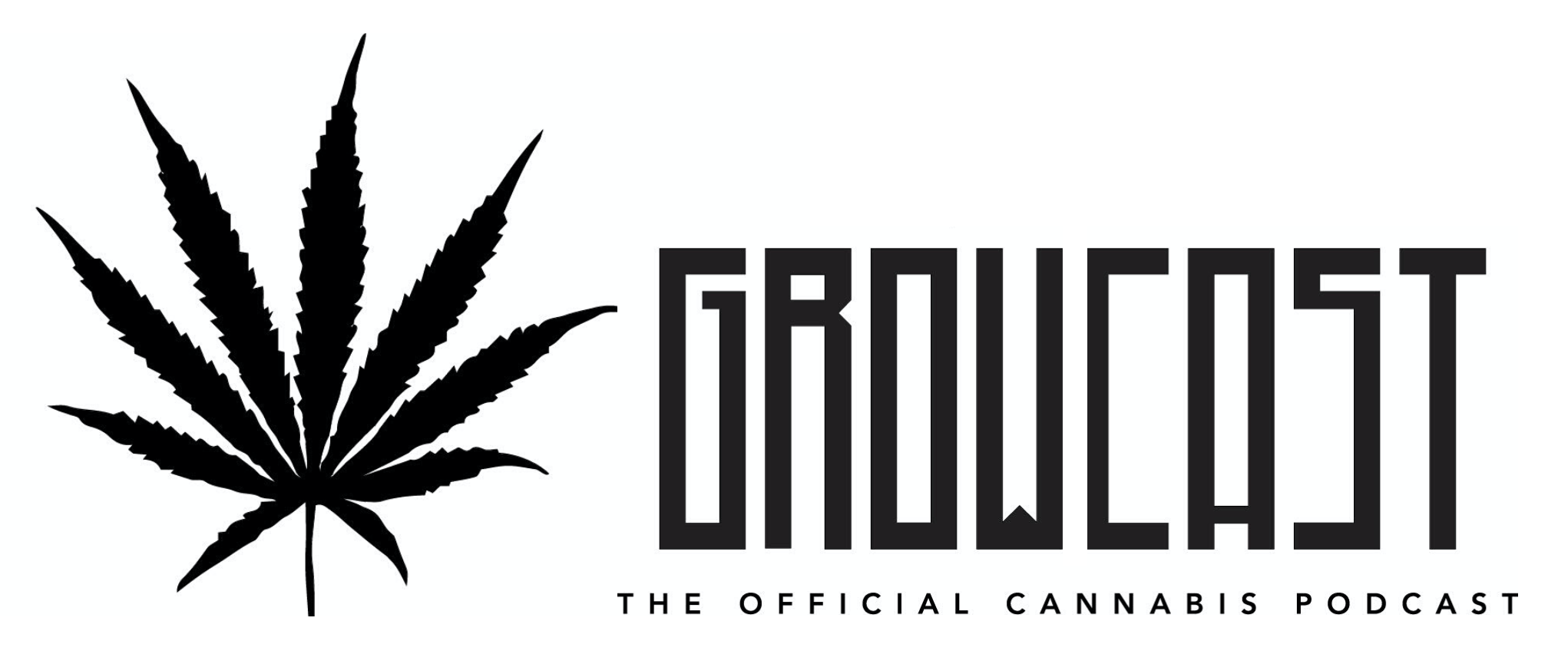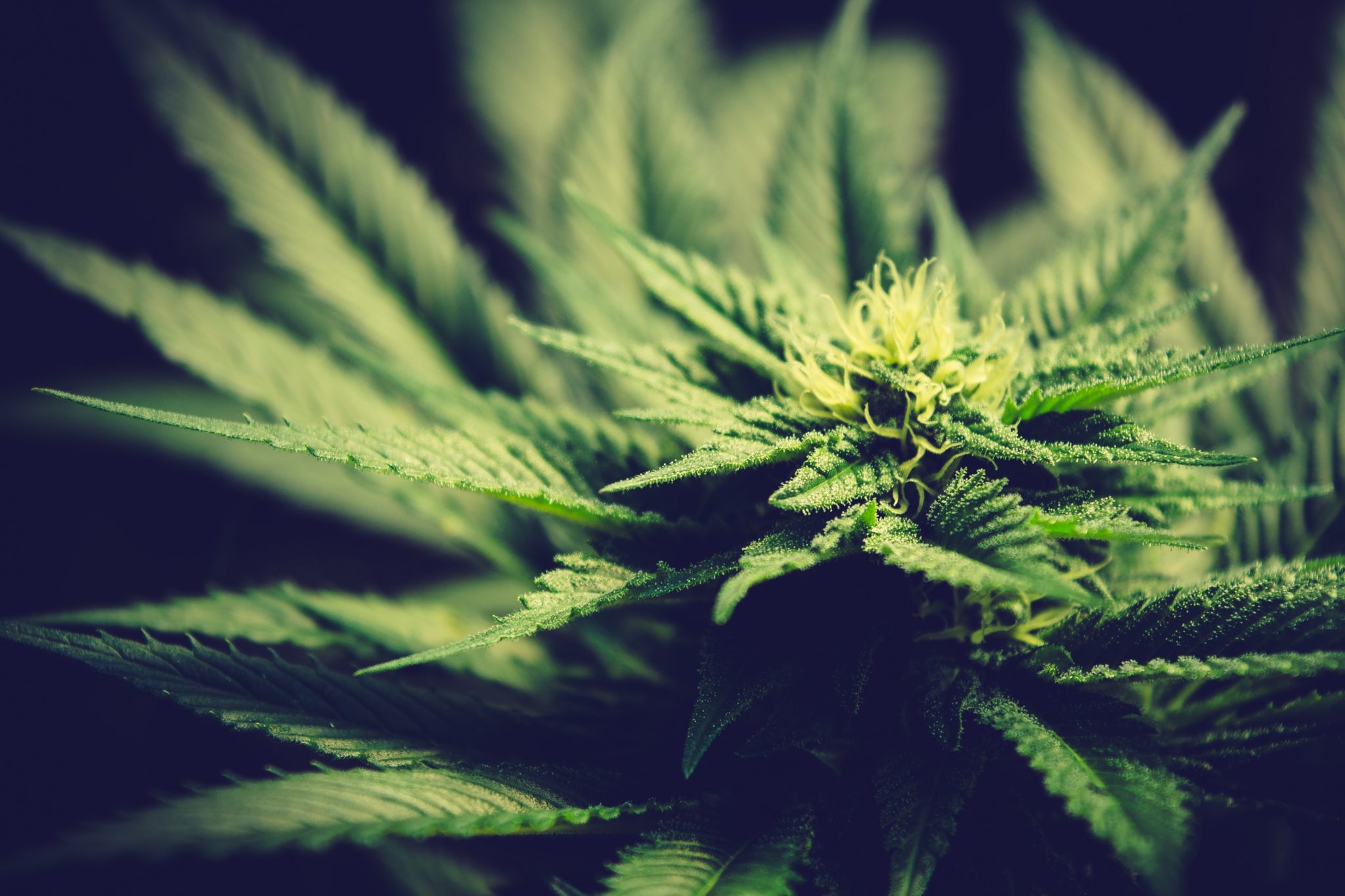Getting your cannabis grow all set up and going seems easy enough. Get a light, a pot of dirt, water, a tent, and you’re on your way.
But, it’s actually not at all that simple.
Take the lights, for instance.
There are so many different types of grow lights available on the market, and so many different strains with unique needs. Figuring out which grow light you need can be a bit tricky.
Throughout recent years, there has been an ongoing debate among cannabis growers regarding HID vs LED grow lights.
Cannabis growers discuss yields, light distribution, temperature, efficiency, and, of course, the cost of the equipment.
Now that LED technology has advanced and the LED grow lights have been updated, it’s time to discuss which lighting solution is best. Or, at the very least, which grow lights are best for you.
So, let’s get into understanding the difference between HID grow lights and LED grow lights.
What are HID Grow Lights?
HID grow lights, also known as gas bulbs, are the older lighting option. HID stands for High Intensity Discharge. These grow lights contain a light bulb with a large empty space filled with gas and a single filament. Electric current passes through the thin gas, heating the filament until it glows and produces light with high intensity discharge. It is enough light to grow your beautiful plants.
And, for a long time, HID grow lights are all there was.
What are LED Grow Lights?
After a few years (but what felt like centuries to growers), the new LED light came in. LED stands for Light Emitting Diode. Rather than one singular bulb, there are many light emitting diodes attached to an exposed circuit board. These diodes all emit light from different points.
Light Emitting Diode (LED) grow lights are made up of hundreds or thousands of individual LED chips, known as diodes, which are capable of producing a specific, narrow range of color. These diodes are attached to an exposed circuit board through which the electricity runs. The diodes emit their colored lights from multiple different points, unlike the single light source with HID grow lights.
When the diodes work together, they can appear to create any color our eyes can see because of the way the colors combine.
The Re-Emergence of LED Grow Lights
When LED grow lights first arrived on the market, they were expensive and only available in the purple light spectrum. The manufacturers thought this was optimal, but it actually wasn’t. They also weren’t technically purple.
The light appeared purple due to the different colored diodes being utilized, mainly blue and red. This pink-purple glow has been called “blurple,” a term that is now considered a bit derogatory.
But, why?
This is because the majority of the earliest LED grow lights, especially those from China, emitted this “blurple” light instead of a modern, white full spectrum. The cannabis growers who bought these blurple lights were highly dissatisfied with it’s flowering capabilities, as they ended up with a light that wouldn’t even grow mint, let alone cannabis.
They were expensive and not very efficient, and they understandably developed a bad reputation among cannabis growers.
However, LED technology has rapidly advanced, especially within the last few years. Now, LEDs are giving HID grow lights a run for their money, and are even replacing HIDs en masse because of efficiency, temperature, and light distribution
Measuring Grow Light Efficiency
The efficiency determines a grow light’s ability to convert electricity (Watts) into photosynthetic active radiation (PAR) that can be used by plants. Essentially, this means how effectively a light is able to convert electricity into the light that can be used by plants for photosynthesis. This is measured using photosynthetic photon efficacy (PPE), which describes how much light a grow light produced from the input power. The metric used for this is micromoles per second per Watt – which simplifies to µmol/J since a Watt is a Joule per second. The metric for measuring efficiency of a light is umols per Joule which simplifies to how much light you get vs how much electricity it costs. This figure is on all grow light manual specs page.
HID efficiencies vary depending on fixture size and components. A 400w HPS fixture can have efficiency as low as 0.9 umols per joule, whereas a high end double ended 1000w HPS fixture can achieve 1.7 umols per joule. Compare this with modern high end LED fixtures, which boast an impressive 2.7 umols per joule efficiency- even rising to 3 umols per joule and above! This means LEDs are far more efficient and cost less money to produce the same light, or more light, in the long-run.
Using LED Grow Lights
More often than not, LED grow lights are going to be superior to HID grow lights and will be your better option. They distribute light more effectively, they are overall more energy efficient, and they’re improving year after year.
LED grow lights have better light distribution, especially the bar lights. Rather than having a single focal point of light in your grow tent, light instead comes straight down from the entire LED fixture surface area, and covers the whole space below. LEDs are significantly more efficient and emit more light, which is a big part of why LED grow lights are taking over the market and you should consider purchasing one.
We have several lighting partners for LED grow lights, starting with Photontek. Use code GROWCAST to save 10%.
Next up is Medic Grow, a lower price option with different features but still great efficiency and light output. Use code GROWCAST to save 10%.
Are HID Grow Lights a Thing of the Past?
With LED grow lights coming back stronger than ever and taking over the market, are HID grow lights gone? Are they a thing of the past?
No, certainly not.
Are HID grow lights ever still a good idea? Is there still a reason to get them?
Absolutely.
HID grow lights are incredibly cheap. You can easily get one for about seventy-five dollars and start growing your cannabis today. They’re highly affordable and very easy to install.
One situation in which HID grow lights are the vastly better option is a scenario in which your grow space is cold. Having too cold of a grow space is detrimental to cannabis plant growth. If you are growing in a cold environment, then you’ll need to supplement heat. If you use an HID light, it could produce enough warmth to AVOID using a 1000w+ heater in the space- thus increasing your overall grow efficiency. This is when you’d want an HID grow light, which run much hotter than LED grow lights, in order to keep your space warm and avoid the need to supplement with costly space heaters.
We certainly can’t always keep our grow space at the perfect temperature, so if you need that heat, it may be best to get yourself an HID grow light for an extra temperature boost.
Check out our HID lighting partner, Cultilux if you’re after a high end HID fixture, and tell them GrowCast sent you!
What side of the lighting fence do you stand on: Team LED Grow Lights or Team HID Grow Lights? Share your thoughts with us!
Written by Alexia P. Bullard of Booklexia Content Marketing, in collaboration with GrowCast.

